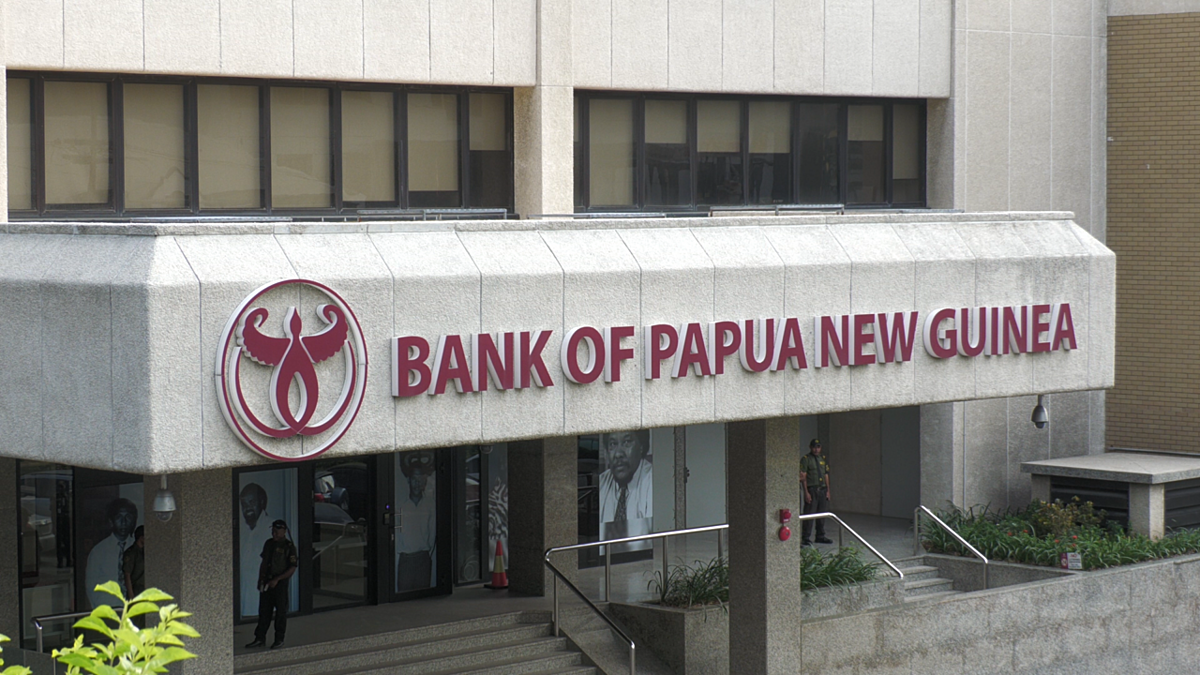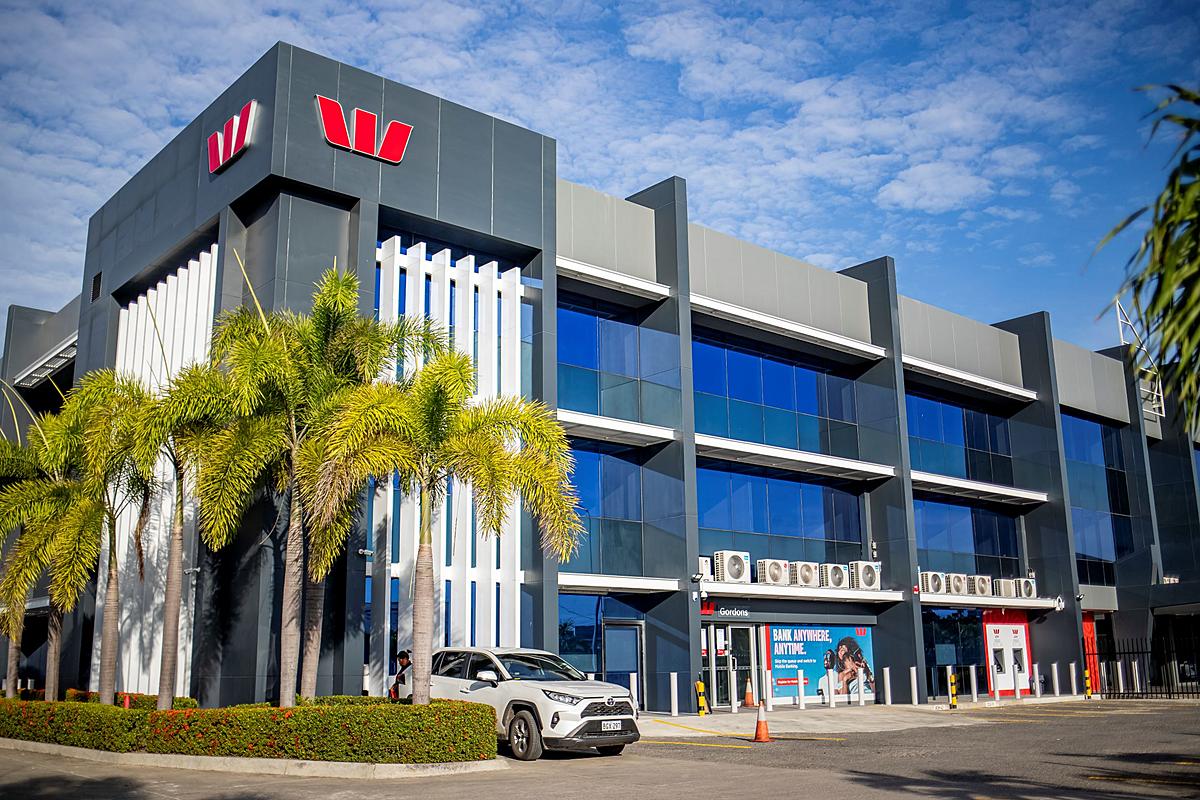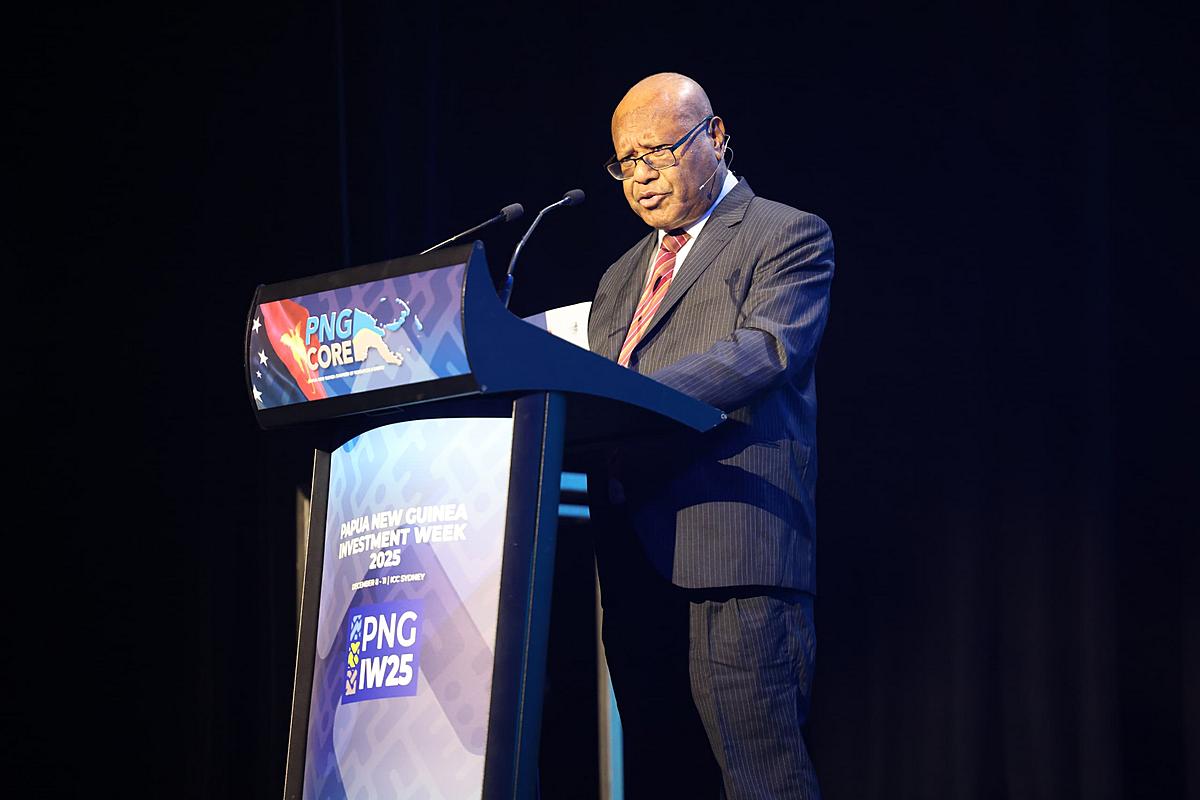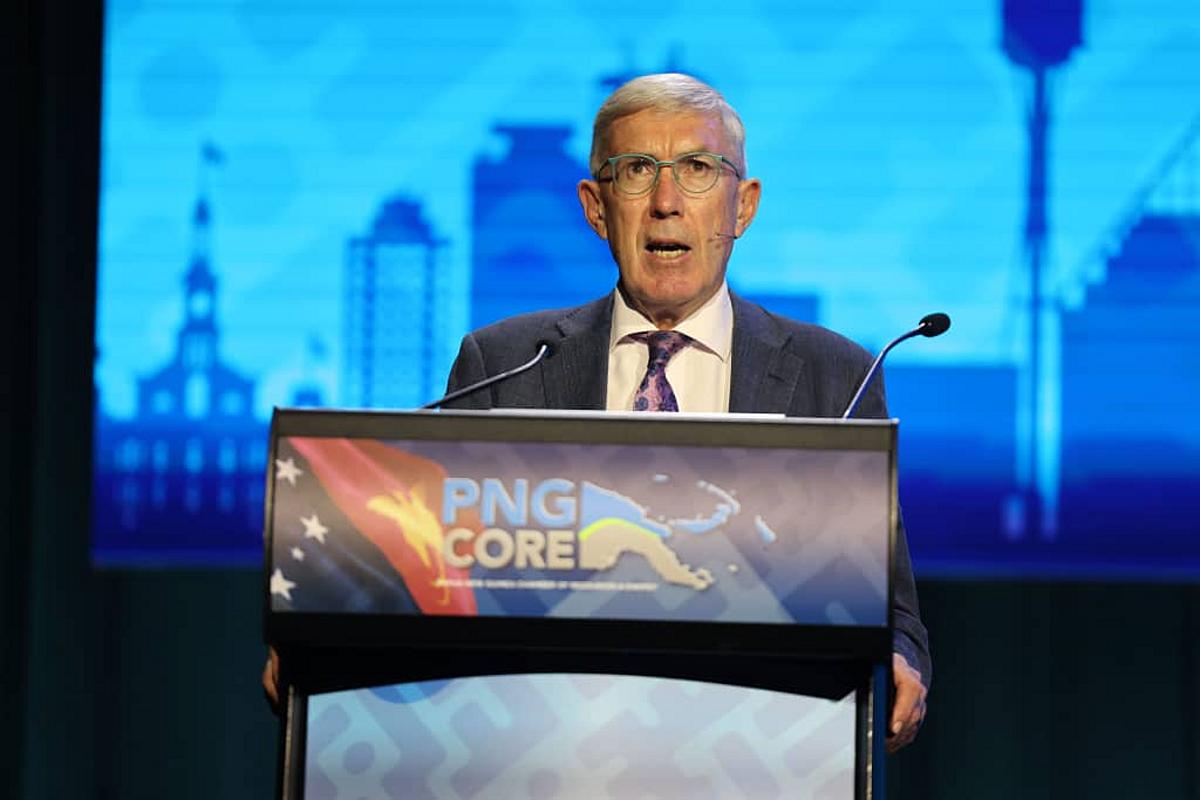The Bank of Papua New Guinea’s Monetary Policy Committee (MPC) has announced key policy adjustments aimed at reinforcing price stability and strengthening the role of the exchange rate as the nominal anchor for monetary policy.
In its 2 September meeting, the Committee increased the Kina Facility Rate (KFR) from 4.0% to 5.0% and lowered the Cash Reserve Requirement (CRR) from 10.0% to 9.0%. It also agreed to maintain the crawl-like arrangement of the Kina while widening the margin between the KFR and the Bank’s overnight repo and reverse repo facilities to 2.0%. These measures are expected to improve liquidity management in the banking system, with the MPC signalling that further CRR adjustments may follow.
Inflationary pressures have eased in recent months. Headline inflation fell to 3.6% in June 2025, down from 5.3% in March. Core inflation remained steady, with the trimmed mean at 3.1% and the exclusion-based measure at 3.3%. The MPC highlighted the continued depreciation of the Kina and its influence on prices, stressing that the KFR increase is intended to support the currency and maintain price stability.
Globally, growth is projected at 3.0% in 2025, supported by stronger activity in both advanced and emerging markets. However, risks remain, including geopolitical tensions and uncertainty linked to US tariffs. Domestically, Papua New Guinea’s economy is expected to grow by about 4.3% this year, driven by both the mineral and non-mineral sectors. Strong production of coffee, cocoa and palm oil is forecast to support growth, alongside the anticipated launch of major resource projects.
Business confidence has shown signs of recovery, largely reflecting improvements in the foreign exchange market. Nonetheless, firms continue to face rising input costs and structural challenges. The MPC noted that international reserves remain above the Net International Reserves (NIR) floor under the IMF programme. Improved foreign exchange inflows, a more stable FX market and the start of interbank FX trading have all contributed to better liquidity conditions, though continued progress will depend on steady inflows and careful management of interventions.
The Committee emphasised the importance of a more effective monetary policy transmission mechanism in achieving the Bank’s price stability objective. While CRR adjustments have influenced liquidity and government securities yields, the KFR has had limited impact on lending and deposit rates. Strengthening the interbank market and encouraging greater competition from new entrants, the MPC said, will be essential to ensure policy signals reach the broader financial system and the wider economy.










